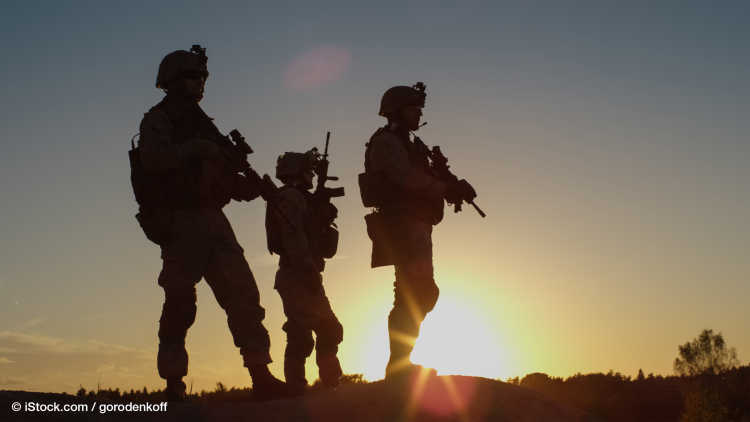- Home
- Research & Transfer
- Research Projects
- Secondary Theatres of War: The Syrian War in Jordan
Secondary Theatres of War: The Syrian War in Jordan
The Syrian war has not only brought about massive humanitarian suffering in the country itself, with up to half a million deaths and around a dozen million refugees and internally displaced people. Like other mass-scale civil wars, the Syrian war has also diffused beyond its borders, particularly transforming the regions in the immediate neighbourhood. Focusing on Jordan, the research project investigates these local transformations in the neighbourhood of wars, the so-called “Neben-Kriegsschauplätze.
DSF, 2016-2018
Team
Head
Research Questions
The guiding research questions of the project are, first, which political, social and economic dynamics do currently affect the local orders in the neighbourhood of the Syrian war? Second, how do central status groups from within these local orders themselves view the transformation of the respective local order since the beginning of the Syrian war in 2011? The project thus aims at investigating both the status quo of local orders in Northern Jordan circa five years after the beginning of the war as well as the historical trajectory of these transformations.
Contribution to International Research
The research project is located in the field of peace and conflict studies. It combines insights from studies on the transnational diffusion (Buhaug/Gleditsch 2008; Checkel 2013), on cross-border networks of conflicts (Pugh et al. 2004; Leenders 2007) as well as on local orders within wars (Arjona 2015; Staniland 2012; Wood 2008) to develop a conceptual framework for the study of local orders in the neighbourhood of wars. The three analytical dimensions “violent control & regulation,” “identity & mobilisation,” and “material reproduction” are able to incorporate the most crucial political, social and economic processes affecting the “secondary theaters of war.” This conceptual framework guides the detailed empirical case studies in Northern Jordanian cities. Against this background, the end results of the project will hopefully not only speak to students of the Syrian war and local politics in the Middle East, but will also be of interest to the wider peace and conflict studies community.
Research Design and Methods
The project undertook two rounds of substantial qualitative research in the three Northern Jordanian cities of Irbid, Mafraq and Ramtha in 2016 and 2017, three localities which have all been strongly affected by the Syrian war. It is inspired by the recent “local turn” in peace and conflict studies (Mac Ginty/Richmond 2013) and employed ethnographic methods (Schatz 2009; Schlichte 2013). The first field research aimed at “mapping” the respective local orders along the three analytical dimensions; this was done by interviewing representatives of local status groups, i.e. governorate/city administrations, such as the respective majors, businesspeople, in particular traders, other ‘ordinary’ Jordanian citizens as well as incoming Syrians. The second field research, conducted in 2017, built on these insights and focused on deepening knowledge with selected “members” of different status groups in order to better understand the (potentially competing) narratives and ways of making sense of the local transformations. Together, this thick qualitative research design allowed to both see general, over-arching patterns of local transformation as well as specificities of the individual cases.
Preliminary Findings
The field research in Jordan yielded interesting results: First, the actual mapping of the local orders in Syria’s neighbourhood showed the strong differences within Northern Jordan and between the cities of Irbid, Mafraq, and Ramtha. Surprisingly, the city of Mafraq, located next to the (in)famous Zaatari refugee camp, seems to have diversified quite strongly in the dimension of “material reproduction” (Bank 2016). Second, the field research more deeply delved into the dynamics of the border town of Ramtha. Here, the main effect of the Syrian war was the closure of Jordanian-Syrian border, which meant a near collapse of the local political economy of the Jordanian town, which had been based on cross-border trade and the free flows of people and goods. A first paper on the findings on the case study of Ramtha was presented at the Annual Conference of the Middle East Studies Association (MESA) in 2016. Further results were presented at a workshop at the GIGA Research Platform in Byblos / Lebanon in 2017, the conference "Transregional Migration, Mobility and Forced Displacement: Moving Beyond Methodological Nationalism in Leipzig 2017, and at the 2018 Annual Convention of the International Studies Association (ISA).





















